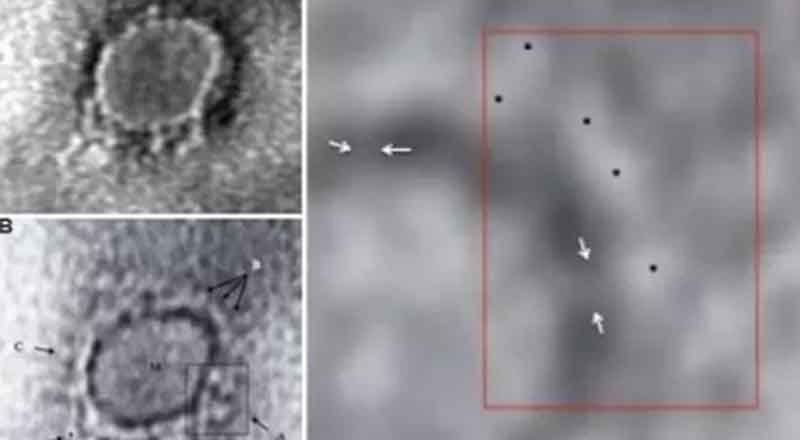28,234 people have died so far due to COVID-19 outbreak and the number of cases worldwide have crossed 614,051. Indian scientists have managed to capture the first image of the novel coronavirus causing the Covid-19 using a transmission electron microscope. It seems India is geared to fight it back.
A team of ICMR-NIV scientists in Pune have caught the images of Sars-Cov-2 from the throat swab of the first laboratory-confirmed case in India on January 30, 2020. Sars-Cov-2, the virus that causes Covid-19, from the throat swab of the first laboratory-confirmed case in India .
The Indian company is now ready with the COVID -19 testing kits and the Industry is getting ready with the mass production of Ventilators, which is expected to be a huge requirements.
The images have been published by a team of researchers including Dr Atanu Basu, deputy director and head of electron microscopy and pathology at the NIV, along with the article “Transmission electron microscopy imaging of SARS-CoV-2” in the Indian Journal of Medical Research.
The sample taken from a woman, who was studying medicine in Wuhan in China, was diagnosed with COVID-19 after she returned to Kerala. The gene sequencing of the samples of the woman done at the National Institute of Virology (ICMR-NIV) in Pune proved 99.98 per cent match with the virus sample in Wuhan.
The novel human coronavirus, initially referred to as the Wuhan coronavirus (CoV), is now designated as severe acute respiratory syndrome (SARS)-CoV-2 as per the latest International Committee on Taxonomy of Viruses (ICTV) classification. It is probably the most recent human pneumonia virus with high outbreak potential, says the study.
Chinese scientists had earlier released the gene sequencing data on an open-access repository for genetic information for further research that would lead to the development of test kits for the virus.
The Shanghai Public Health Clinical Centre was ordered to close for “rectification” on January 12, a day after Professor Zhang Yongzhen’s team published the genome sequence on open platforms.
Russian scientists at the Smorodintsev Research Institute of Influenza too had managed to decode the complete genome sequence of the novel coronavirus (COVID-19) that would help develop a vaccine and understand the evolution of the new member of the coronavirus family.
Confirming this on March 19, the Russian Health Ministry said this data had been sent to the international database of the World Health Organization (WHO), so that scientists all over the work can have access to it to monitor the evolution of the novel coronavirus.
“Specialists of the Smorodintsev Research Institute of Influenza with the Russian Health Ministry sequenced the first full genome of SARS-CoV-2 coronavirus in Russia from the material taken from a COVID-19 patient,” a statement said.





